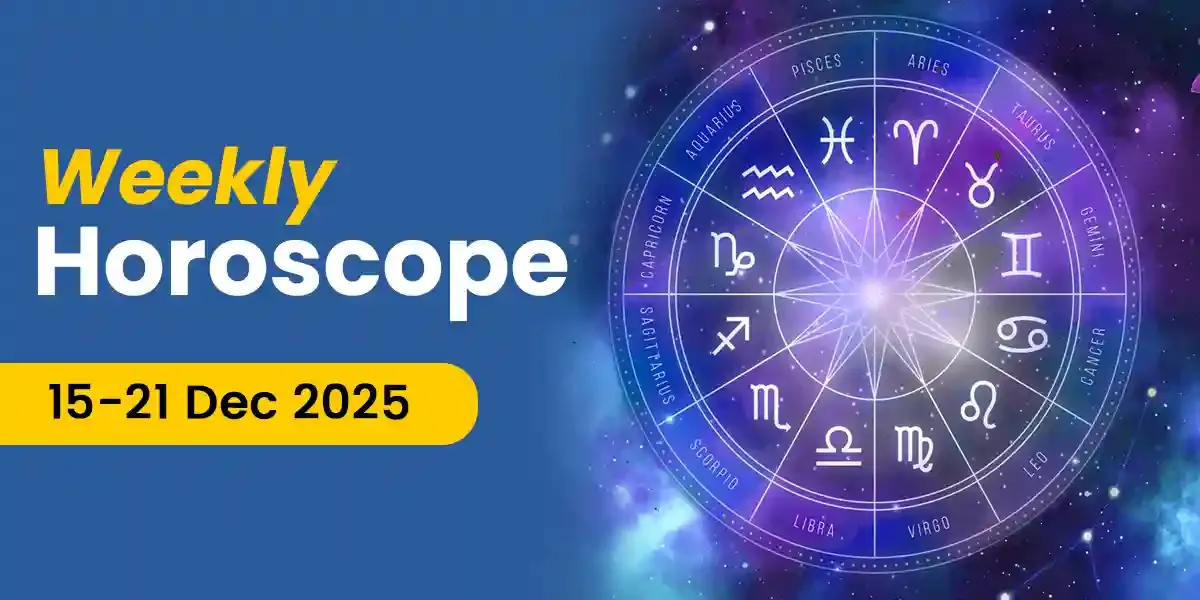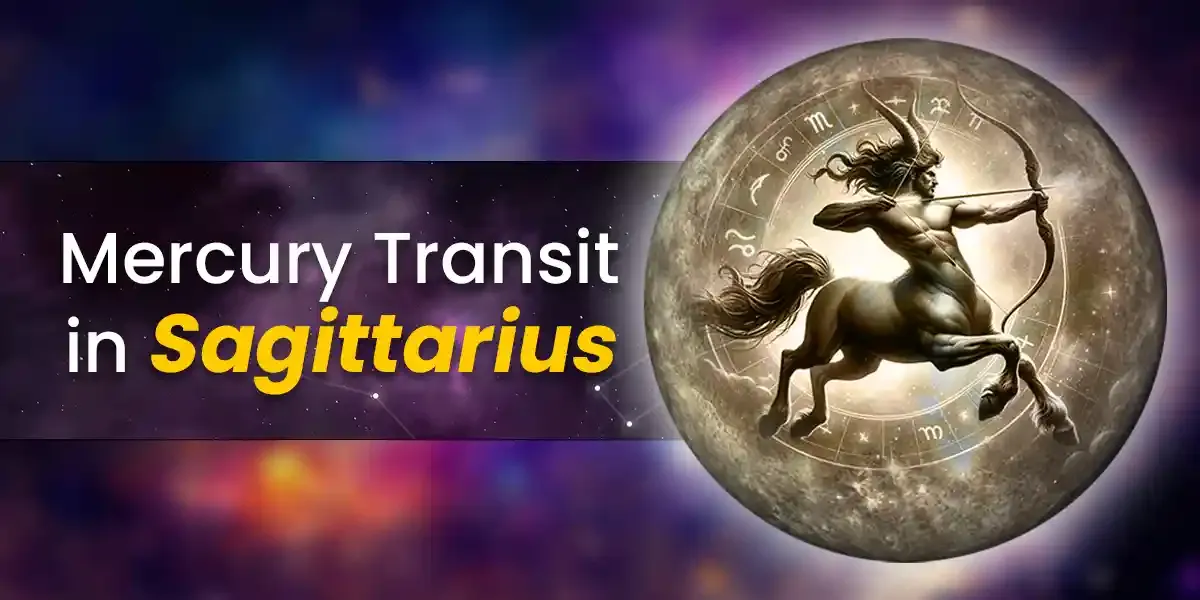
The word Chakra in Sanskrit means wheel or disk. Chakras are the major energy centres in our body, which are believed to be a part of our subtle body (subtle body is the non-physical term aka our soul or spirit). The belief in Chakras started in India and is made use of in the Ayurvedic medicine. Though there are many chakras in our body but seven out of them are the most significant and they are as follows:
First chakra
This chakra is at the base of our spine and it is also known as the Muladhara chakra. It is the foundation of the physical body and helps in keeping us grounded. Its color is red and element is earth. It tends to exert influence on our immune system, our basic impulses, instincts, energy, flight reactions and endurance. It forms the base of the other six chakras and deals with the body’s survival needs such as food, shelter and protection. The relationships of our early life have an influence on the well-being of this chakra. Any sort of imbalance in this chakra may lead you to feel anxious, may create fear or you may experience nightmares as a result. There can be physical imbalances also in the form of problems in the colon, bladder, and feet issues or with the lower back. Men could also suffer from prostate problems as a result.
Second chakra
This is known as the Swadhisthana chakra, spleen or sexual chakra. It is located in the lower abdomen just below the tailbone and is the source of creativity. The colour of this chakra is orange and its element is water. It is the foundation of our emotional body and influences our ability to feel emotions and sensations. It has an influence on our sexuality and sensuality, open-mindedness and physical force. It also has an effect on the spleen, liver, lower abdomen, kidneys, sexual organs and reproduction. If this chakra is balanced, the person will be friendly, healthy and imaginative. An imbalance of this chakra causes physical and emotional distress such as muscle problems and abdominal cramps, excessive emotional attachment to things or people, pessimistic attitude, depression etc.
Third chakra
This chakra is located at the base of the rib cage and is known as Manipura (lustrous gem). It is represented by the colour yellow. This chakra helps us pick up vibrations from places, people and things and involves energy, self-control and emotional issues. It has an influence on our muscles, stomach, pancreas, liver, gallbladder, digestion, nervous system and our metabolism. When this chakra is balanced, it allows us to relax and enjoy our accomplishments and we are able to deal better with the changes in life. There could be an imbalance in this chakra due to the lack of balance in the first two chakras. An imbalanced third chakra could cause ulcers and digestive problems. It can also lead to anger issues.
Fourth chakra
This chakra, which is also referred to as Anahata is situated at the centre of the chest and includes the heart, thymus gland, lungs, cardiac plexus and breasts. It also influences the lymphatic system. The color associated with this chakra is green. It is related to compassion, trust, empathy and forgiveness. It helps us get in touch with our inner self. It has an influence on the endocrine and immune system, the lungs, circulation and thymus. Any sort of imbalance in this chakra could be due to an imbalance in the first three chakras. If this is imbalanced, it can lead to lung, heart and circulatory problems. It may also make the person feel unloved and emotionally unstable.
Fifth chakra
This chakra, known as Vishuddhi, is found at the base of the neck in the throat and is represented by the colour blue. Its element is human race. It is related to dreaming, good judgment, wisdom, communication and truthfulness. The organs over which it has an influence are mouth, throat, teeth, thyroid gland and the immune system. Any imbalance in this chakra makes one prone to sore throats, depression, thyroid problems, earache, communication problems and chronic cold. It can also lead to controlling others through dishonesty and deceit.
Sixth chakra
The third eye chakra, also known as Ajna is located in the middle of the forehead linking the eyebrows. The colour associated with this Chakra is Indigo. This chakra helps us see auras and spirit guides which enable us to look into the past and see our future. It relates to intuition, imagination, concentration, enlightenment and defines fantasy and reality. Physically, it exerts influence on the eyes, vision, central nervous system, brain and the pituitary gland. Any sort of imbalance in this chakra can lead to sinus and visual problems, nightmares and headaches. It can also cause lack of clarity or make the person overanalyze everything.
Seventh chakra
This chakra is known as the crown chakra or Sahasrara. It is located on the top of the head or the crown area. It is represented by the colour violet. This chakra is the foundation of our spiritual body and physically, it has an influence on the cerebral cortex, central nervous system, glands and the pineal gland, pituitary gland and the cerebrum. It is also related to inspiration, idealism and spiritual will. If this chakra is imbalanced, it can reduce one’s confidence and create fear and anxiety. Other problems it may cause are headaches, anxiety, worry, mental and cognitive problems and immune disorders.
Our in-house team of writers comprises of vibrant, like-minded, and curious souls who are passionate about helping people find joy and motivation through the magic of words. Our writers are keen on using their skills to make the study of divination sciences a guiding tool in people's lives. They hold expertise in writing on a myriad of topics related to Indian Astrology, Spirituality, Planetary Movements, Vastu Shastra, Numerology, and Tarot among several others. The Astroyogi team aims to write articles that can help the readers lead a life of peace and tranquility whilst enjoying the many ups and downs of life!



































